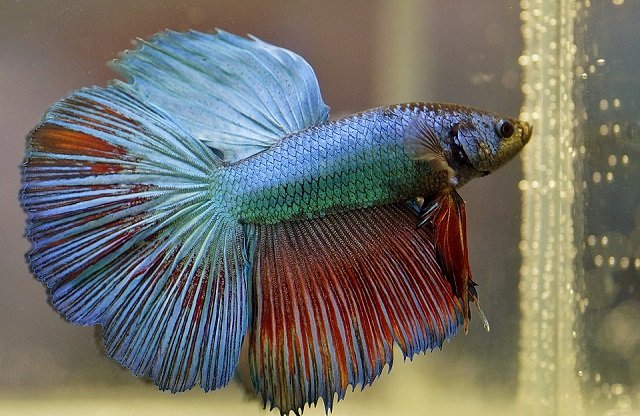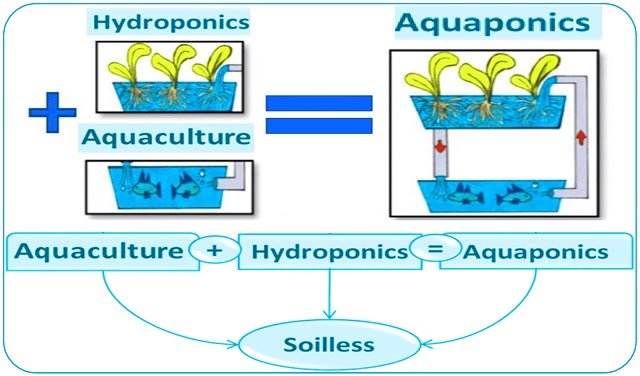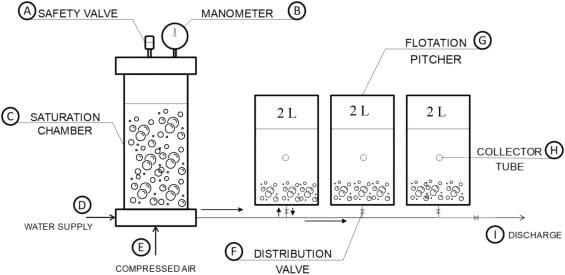by Li Yuan, Chinese Academy of Sciences
Total suspended solids (TSS) affect water quality in recirculating aquaculture systems (RAS). The TSS with small particle size in traditional RAS is easy to accumulate, resulting in excessive ammonia and nitrite nitrogen, which limits the aquaculture capacity in RAS.
Dr. Xu Jianping from Prof. Sun Jianming’s team at the Institute of Oceanology of the Chinese Academy of Sciences (IOCAS) constructed a linkage control system of electrocoagulation diameter increasing reactor and microscreen drum filter (EDIR-MDF).
Electrocoagulation (EC) was used for the first time to increase the particle size of TSS in RAS and improve the filtration efficiency of the microscreen drum filter without reducing the filtration pore size.
The study was published in Journal of Water Process Engineering.
The researchers investigated the application of the EDIR-MDF linkage control system in the RAS of Litopenaeus vannamei.
The proportions of suspended solid particle size ≤75 μm in aquaculture water were 23.39 percent and 14.33 percent before and after EDIR treatment. Therefore, applying EC technology can improve the removal efficiency of TSS, and reduce the deposition of small-particle-size suspended solids in RAS.
In addition, the researchers found that the average removal efficiency of RAS for TSS, chemical oxygen demand, ammonia, and nitrite was increased by 24.07 percent, 24.30 percent, 8.94 percent, and 1.39 percent, respectively, improving the water quality of the aquaculture pond.
Stay Always Informed
Join our communities to instantly receive the most important news, reports, and analysis from the aquaculture industry.
The daily growth rate and feed conversion ratio of Litopenaeus vannamei were 0.13 and 0.15 cm/d (0.17 and 0.18 g/d), and 1.11 and 1.08, respectively, before and after EC application. The use of the ECR-MDF linkage control system optimized the water environment of the RAS, and promoted the growth of the shrimp.
Reference
Jianping Xu et al, Construction and application of an electrocoagulation and filtration linkage control system in a recirculating aquaculture system, Journal of Water Process Engineering (2021). DOI: 10.1016/j.jwpe.2021.102379
Editor at the digital magazine AquaHoy. He holds a degree in Aquaculture Biology from the National University of Santa (UNS) and a Master’s degree in Science and Innovation Management from the Polytechnic University of Valencia, with postgraduate diplomas in Business Innovation and Innovation Management. He possesses extensive experience in the aquaculture and fisheries sector, having led the Fisheries Innovation Unit of the National Program for Innovation in Fisheries and Aquaculture (PNIPA). He has served as a senior consultant in technology watch, an innovation project formulator and advisor, and a lecturer at UNS. He is a member of the Peruvian College of Biologists and was recognized by the World Aquaculture Society (WAS) in 2016 for his contribution to aquaculture.




